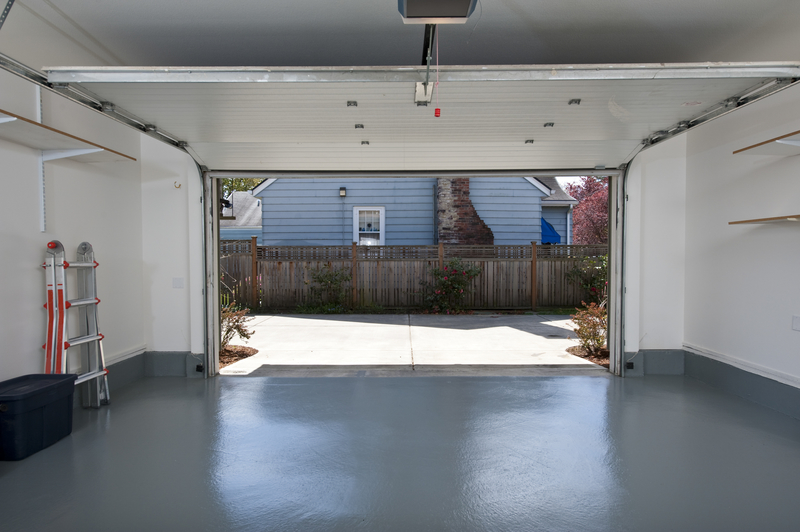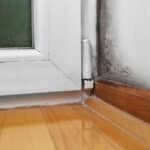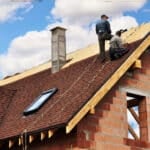When buying a home, it’s important to conduct a thorough inspection of every area of the property. Unfortunately, there are some areas that often go overlooked during the buying process. Here are three of the most commonly overlooked areas of a home that should be inspected: attics, garages, and HVAC systems.
Attics
While attics may not be the most glamorous part of a home, they can provide valuable information to potential buyers. Attics should be inspected for proper insulation and ventilation, signs of pests or water damage, and structural issues. A poorly insulated attic can lead to higher energy bills, and a poorly ventilated attic can lead to moisture buildup and mold growth. Signs of pests or water damage can indicate larger problems within the home, while structural issues can be a safety hazard. Potential buyers should be aware of the condition of an attic before making a purchase. Attic conversions are also becoming more popular, as they can provide extra living space or storage areas. Inspecting a home’s attic is an important step in ensuring that the property is in good condition and will last for many years to come.
Garages
Many home buyers may not realize that their garage is just as important to inspect as the rest of the house. Garage inspections should include a thorough examination of the garage door, as well as the electrical system, and any plumbing or drainage systems that may be present. A malfunctioning garage door can pose a serious safety risk, while an electrical or plumbing issue can be a potential fire hazard.
Having your garage door inspected can prevent avoidable injuries. Having your garage inspected can ensure that it meets local building codes and is structurally sound. It’s also important to consider the interior of the garage when inspecting it. Check for any signs of water damage or infestation, such as rotted wood, insect damage, or mold/mildew.
HVAC Systems
The HVAC system is an important part of a home’s overall comfort and functionality and should be inspected thoroughly before purchasing a home. An HVAC inspection should include a check of the heating and cooling systems, as well as the ductwork and insulation. An improperly functioning HVAC system can result in higher energy bills, poor indoor air quality, and less comfortable living space. An old or outdated HVAC system may need to be replaced in the near future, which can be a major expense for homeowners. HVAC systems are typically divided into two main categories: central and window-mounted. Central HVAC systems are the most common type, which utilizes ductwork to distribute cooling or heating throughout a home. Window-mounted units are installed in individual rooms and provide localized cooling or heating.
When buying a home, it’s important not to overlook these often neglected areas. Conducting a thorough inspection of these areas can help buyers identify potential issues before they become major problems, and can help ensure a safe and comfortable living space for years to come.
Did You Enjoy Reading This Article? Here’s More to Read: When to Have Your Basement Inspected






